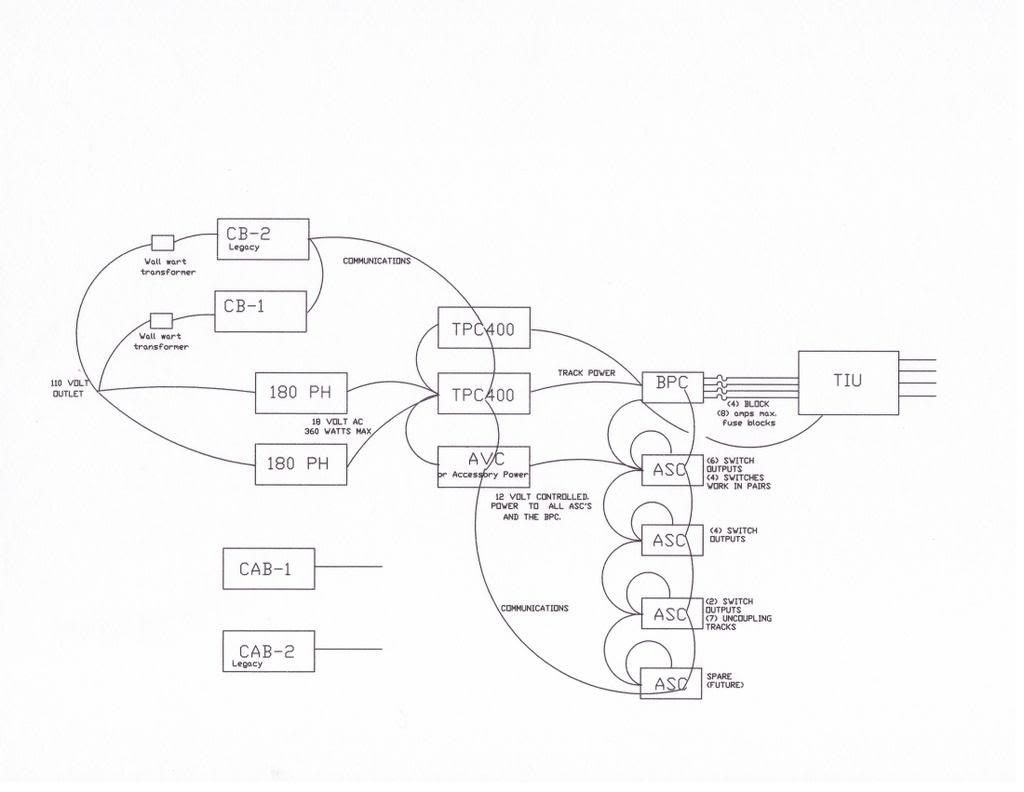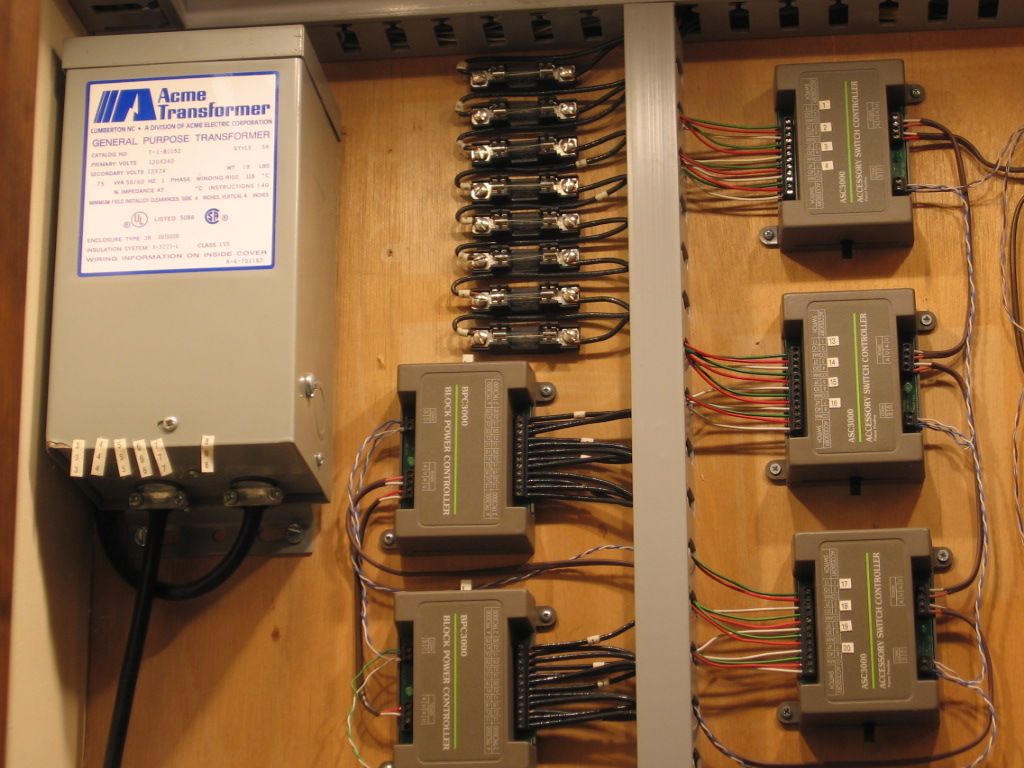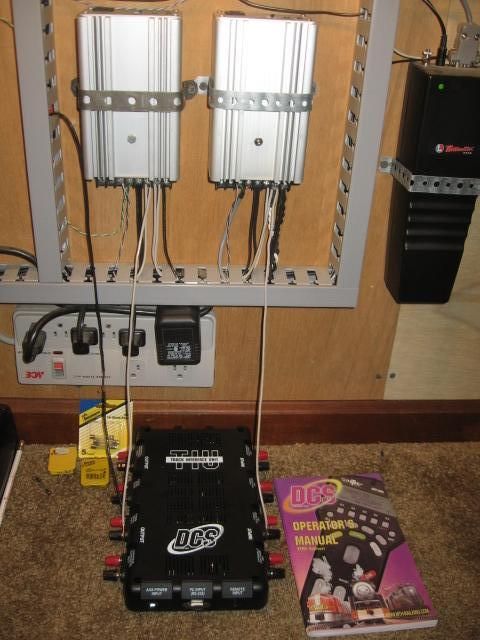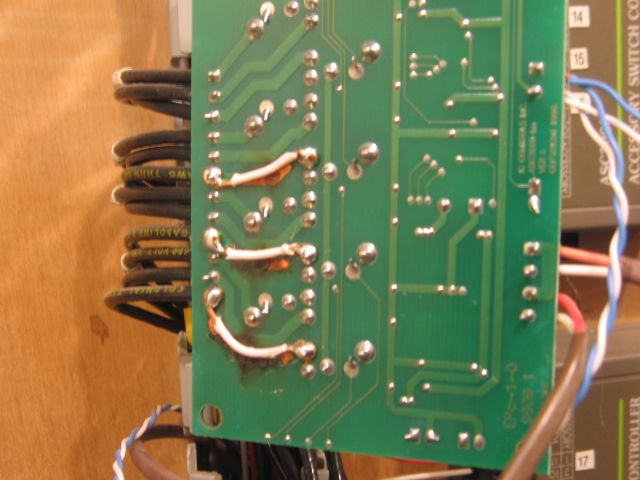Thanks again to everyone for your comments. I have learned more about Command Control in one week than I did reading books for two years! You have offered help even without knowing my particular layout situation.
I want to run both command and conventional engines, but not necessarily at the same time. I have some childhood engines that I want to see run on my layout now and then, but most operation will be with modern engines in command control. The layout is large enough for two, or possilbly three trains to run at the same time. So, I do need TPCs. From your comments, a BPC does not help much. There are several features of my layout that I am still concerned about.
First, I have a hidden storage track area with three loops. The idea is to run a train to the hidden area and park it there, and then bring another train from that storage area out to the upper level and take its turn around the layout. From your comments, the est way to handle these storage loops is with on-off switches, such as an ASC. A BPC is not appropriate.
Second, although most of the upper level can be operated in command mode, there is one section of track about ten feet long in the middle of the layout where I need to switch to conventional power to run a small 1656 switcher engine and coal car back and forth from a coal loader to a coaling station. While this is being done, the other trains can remain in command mode. I now assume that this special section, or block, must have its own TPC dedicated to it.
Third, if I have a Legacy engine and a TMCC engine running simmultaneously in the same block with a Legacy controller, both engines will revert to TMCC mode...right?
Thanks again for your help. This forum is a great resource.








